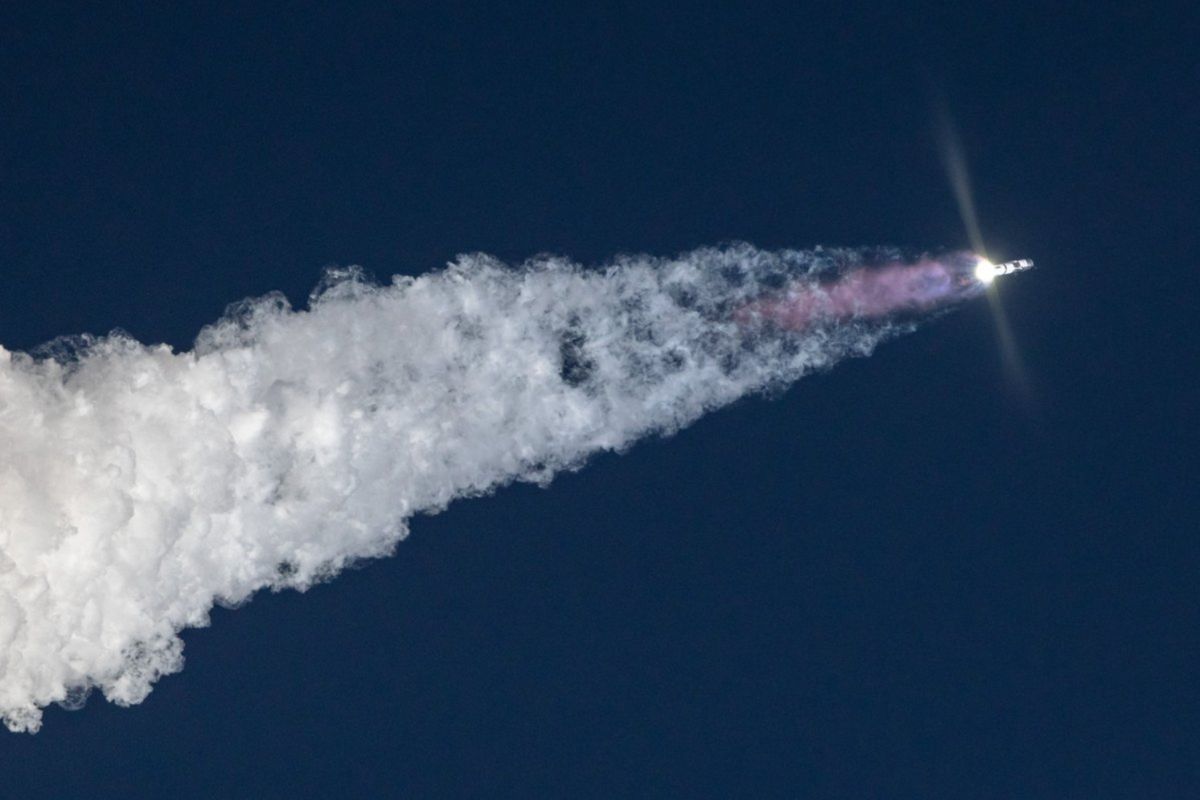On Sunday, SpaceX successfully flew its 233-foot rocket booster back to its launch pad and mid-air grabbed it using two big mechanical arms. This discovery came during the fifth test flight of the Starship rocket, thereby signifying a major turning point for SpaceX’s bold ambitions under Elon Musk’s management. These plans include the future transportation of people to Mars, and more immediate missions to the moon with NASA.
NASA’s Collaboration With SpaceX
NASA has entered into a $4 billion contract with SpaceX to utilize the Starship for two upcoming Artemis program missions that will take astronauts to the moon’s surface. Along with creating the biggest and most potent rocket in the world, SpaceX has created essential technologies enabling reusing of the rocket, therefore providing a possible future in which it might fly repeatedly like a plane.
Praising SpaceX for Sunday’s successful flight, NASA Administrator Bill Nelson said that this is crucial as the Artemis program gets ready to investigate the South Pole of the moon and finally Mars.
Congratulations to @SpaceX on its successful booster catch and fifth Starship flight test today! As we prepare to go back to the Moon under #Artemis, continued testing will prepare us for the bold missions that lie ahead — including to the South Pole region of the Moon and then… https://t.co/zpj3Ht8319
— Bill Nelson (@SenBillNelson) October 13, 2024
Successful Launch And Booster Recovery
At 8:25 a.m. Eastern time, the nearly 400-foot Starship rocket took off from SpaceX’s launch site near Brownsville, Texas. The vehicle’s upper stage, Starship, stacked on the Super Heavy booster, was designed to carry over 100 metric tons to orbit.
Starship’s fifth flight test lifted off with our most ambitious test objectives yet as we work to demonstrate techniques fundamental to Starship and Super Heavy’s fully and rapidly reusable design.
And on our first try, Mechazilla caught the booster → https://t.co/hibmw2lVv1 pic.twitter.com/2KFm88fQPf
— SpaceX (@SpaceX) October 13, 2024
The booster split and started down once Starship passed the densest section of the atmosphere. Reaching back toward the launch site, the booster restarted a handful of its 33 engines. Audoners and neighbors heard sonic booms as it fell at supersonic speeds; several locals likened the experience to a minor earthquake. Wildlife biologist Justin LeClaire reported his house shaking during the event, which could be felt from 40 miles away.
Despite some flames and the booster swinging, the mechanical arms—nicknamed “chopsticks”—captured it as it neared the launch tower. This move proved SpaceX’s rising capacity to make their rockets reusable.
Future Plans And Upper Stage of Starship
The Starship upper stage kept on its course towards the Indian Ocean while the booster was recovered. SpaceX had enhanced the thermal protection of Starship for re-entry, allowing it to survive intact. Although one flap was damaged, Starship performed a controlled landing on the ocean’s surface before it exploded, as expected. The company did not intend to recover the spacecraft.


SpaceX’s Starship program represents Musk’s vision of frequent flights to the moon and Mars. The chopstick arms capturing the booster indicate a forward movement toward the objective of increasing the reusing capability of Starships. In next flights, SpaceX also intends to deploy these arms to grab returning Starships from orbit.
Environmental and Regulatory Challenges
SpaceX must overcome environmental and legal obstacles notwithstanding technical accomplishment. Some residents near the launch site voiced concerns over sonic booms, with the Federal Aviation Administration (FAA) predicting these effects when granting launch approval. SpaceX’s increasing number of Starship launches—potentially rising from five to 25 annually—has also raised environmental concerns.
The FAA has asked SpaceX to study the impact of the rocket’s launches on local wildlife and habitats, specifically bird nesting sites near the launch site. SpaceX has agreed to these terms, including deploying drones to monitor nesting activity and conducting post-flight inspections.
Conclusion
SpaceX’s recent test flights show a great progress in reusability and rocket technologies. As Musk keeps developing the Starship program, technical and legal challenges await the company on its path to accomplish its aim of frequent space flight. With NASA partnerships and other missions planned, SpaceX is probably going to be crucial for mankind’s next major space exploration step.
















